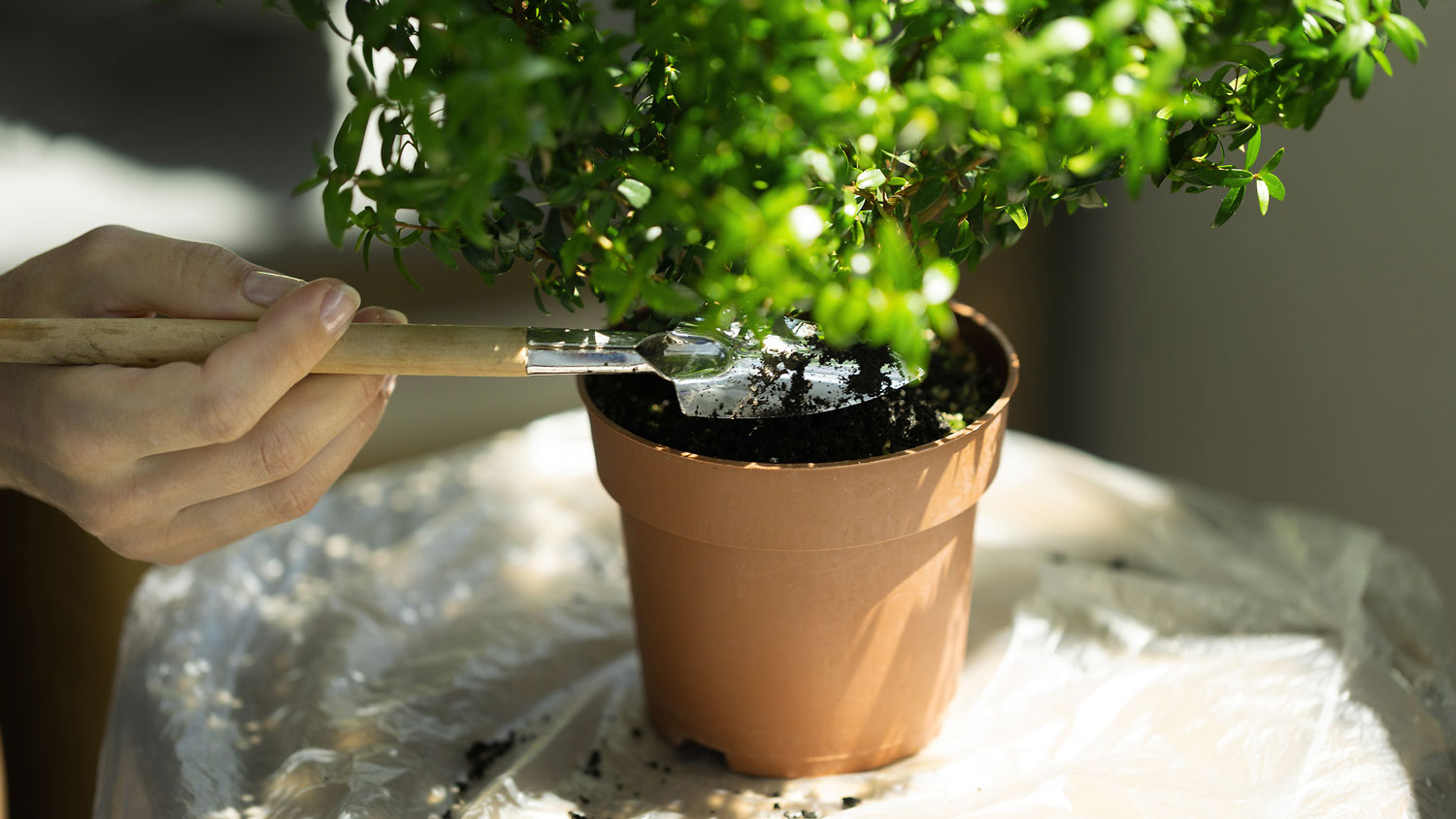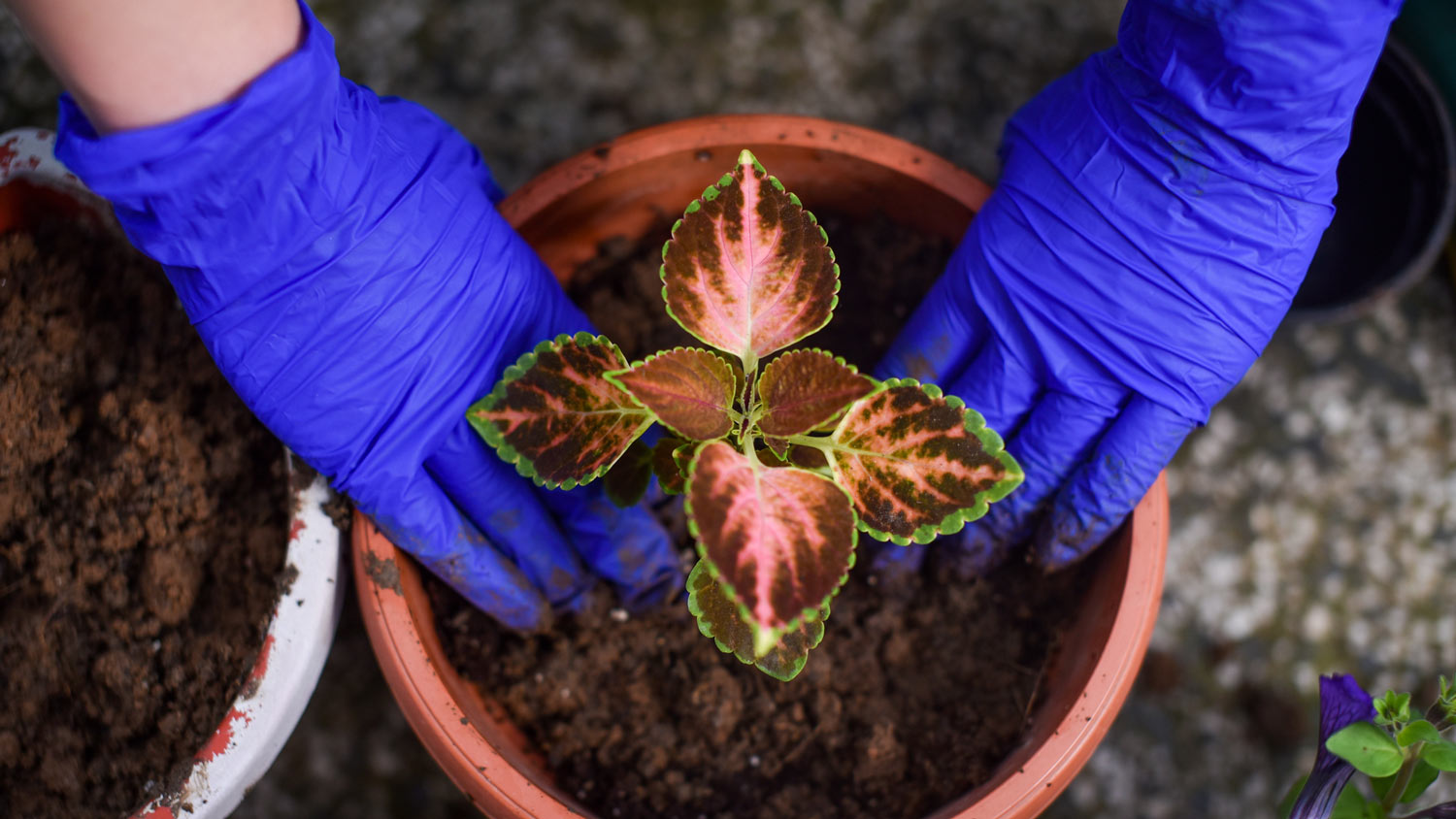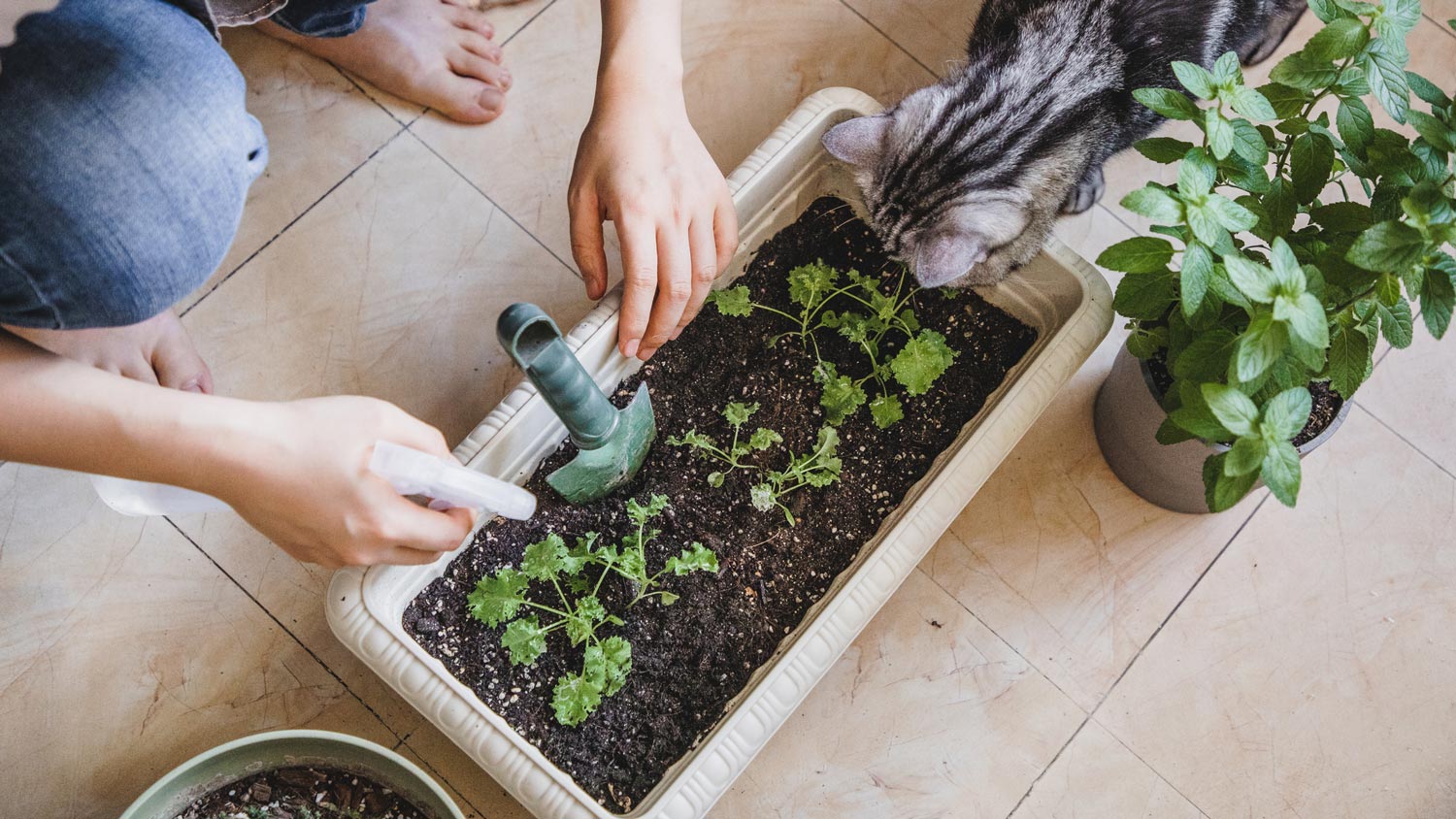
Find out how much a soil test costs and what you get for your money with our expert guide. Know what to budget for different types of soil tests.
Bring color to your fall window boxes with the perfect plant combos


With so many people focusing on spring and summer blossoms, by the time fall rolls around, their window boxes are full of dead flowers and browning, worn-out plants. But it doesn't have to be that way! With the right selection of plants, you can have window baskets overflowing with gorgeous foliage and stunning blooms.
Take a look at our top picks for the best flowers and plants for fall window boxes, or talk to a a local landscaper to see what they recommend for your specific location.
Ornamental cabbages are closely related to regular cabbages, cauliflowers, and broccoli, but they're bred for their showy, colorful leaves rather than taste. (Yes, they're edible, but they're bitter, so you'll only grow them for their looks.)
Ornamental cabbages grow in tight rosettes with brightly colored centers. Color choices are vast, from white and dusky pink to deep reds, blues, and purples.

Lavender might seem like an odd choice for a window box, but it's one of our favorites. This hardy herb has a wonderfully distinctive, calming, soothing scent and it's hardy enough to withstand bad weather and harsh winds. Plus, this perennial plant is super bee-friendly, so even if you have just a small window box filled with lavender, you're doing your bit to help save the declining bee population.
The lovely lilac flowers last well into late fall, and you can harvest and dry them to scent your clothing or pop some beneath your pillow to help you sleep.
Ornamental peppers are edible, but they're mostly grown for their bright, colorful pepper pods. Available in black, white, red, purple, yellow and orange, these small, vigorous plants produce huge amounts of peppers and do well in full sun. Peppers don't like to be too wet, so let the soil dry out between watering.
Celosia, also known as cockscomb, has eye-catching feathery blooms in reds, purples, and golds that contrast with the bright green leaves. These unusual plants require eight hours of sun per day but can tolerate partial shade. They need moist, well-draining soil but should not be kept wet.

Chrysanthemums are a popular choice for fall window boxes because they're fairly hardy, tolerate partial shade or full sun, and are available in a huge choice of colors with their showy blooms.
Providing a bright pop of color, mums are available in single and double blooms and large or dwarf varieties. The dwarf mums are ideal for filling a little gap in a window box, filling up a small window box, or for adding to a small garden or to a container.
Salvias are sages and members of the mint family. Garden sage, the culinary herb you're familiar with is a salvia, but for your window box, you'll likely want a showier ornamental salvia, such as scarlet sage with its tall spikes of densely packed red flowers. Other colors are deep and sky blue, purple, pink, white, and lilac.
Salvias do well as the backbone of a window box because their tall flower spikes add texture, height, and color. Plus, as sages, these plants are aromatic and they attract pollinators.
Impatiens, or Busy Lizzies, are cute little plants with colorful, showy flowers that bloom well into fall. These plants do well in moist but well-draining soil. Too dry, and they drop all their leaves. Too wet, and they're extremely vulnerable to fungal pathogens.
Impatiens do well as eye-catching color splashes at the front of a window box, so choose a low-growing variety like tom thumb or super elfin impatiens so that you don't overwhelm the rest of the container.

Creeping myrtle, also known as periwinkle, is an evergreen groundcover that is a fantastic filler and spiller in a window box. It spreads rapidly, filling the gaps between taller plants with a lush green leafy carpet, and spills out over the edges in long trailers.
This plant does well in most soil and sun conditions and provides lovely green foliage year-round. In summer and fall, you'll see the classic pale purple flowers that bees and other pollinators adore.
The sweet potato vine isn't edible, but it does add wonderful trailing foliage in a variety of hues, from pale greens to deep orange, purple, and almost black. This is a good, low-maintenance option for fall window boxes.
Another low-maintenance fall window box favorite, echeveria are succulents that look like a combination of cactus and cabbage. They need full sun but require very little care. As succulents, they do require a thorough soaking but then should be left to dry out before watering again, so you'll need to pick their companions carefully.
Purple fountain grass is a pretty ornamental grass with dark purple to black leaves and plumes. This showy grass is drought-tolerant and loves full sun and prefers to dry out between waterings. It adds texture and height to a window box but can get a little large, so you'll have to give it plenty of room or be prepared to cut it back.

Coleus is another plant with stunning fall foliage, with striking two-tone leaves ranging from bright green, hot pink and chartreuse to almost black. Aside from the fantastic colors, coleus are a great choice for fall window boxes because they don't outgrow their containers and won't choke out any other plant.
Creeping rosemary is an aromatic culinary herb that's a great "spiller" and "filler" for window boxes. It puts off trailers of up to a foot and spreads up to 8 feet. It stays green throughout most of the year and continues to produce pale blue to lilac flowers deep into fall to attract pollinators. And, because it's edible, you can use it in the kitchen, too.
Setcreasea, or purple heart, is a trailing perennial with pale to bright pink flowers and striking purple foliage. It likes full sun, plenty of warmth, and moist (but not wet!) soil. Another spiller to drape delicately over the edges of your fall window boxes, setcreasea makes an attractive addition to a riotously colorful display, as it adds depth and a dark anchor to make the bright plants really pop.

Sure, ornamental kale is pretty, but why not have the kind that's beautiful and edible? Cavolo nero, with its deep green to black leaves, or redbor, with dark red wine coloring, are spectacular sights to behold.
Kale is hardy and copes well with fall wind and falling temperatures and also copes with sun or shade. But isn't drought-tolerant, so you'll need to keep on top of watering and pair it with plants of similar water needs. Plus, you can harvest leaves early in the plant's life and keep harvesting all the way through winter.
From average costs to expert advice, get all the answers you need to get your job done.

Find out how much a soil test costs and what you get for your money with our expert guide. Know what to budget for different types of soil tests.

Discover the average forestry mulching cost, including per-acre and hourly rates, plus key factors that impact your total price. Get expert tips to save on your project.

Find out the average mulch delivery and installation cost, plus key factors that impact your price. Learn how to budget, compare options, and save on your landscaping project.

How you add mulch to your trees depends on the type of mulch, your climate, and more. Keep reading to learn how to mulch around trees.

How long does rubber mulch last? It can last over a decade, making it a long-lasting alternative to organic mulch. Learn about its lifespan and maintenance.

Organic mulch improves soil quality, holds in moisture, and helps plants thrive, but how does it work? Learn how mulch can improve your yard.